Fast-Acting, Deep-Throttling Hybrid Motor
Propulsion
Fast-Acting, Deep-Throttling Hybrid Motor (MFS-TOPS-130)
Improved Deep-Throttle Response Times for a Wider Capability Hybrid Motor System
Overview
NASA Marshall Space Flight Center and collaborators at Utah State University have developed a prototype for a highly efficient hybrid motor designed for spacecraft. This innovative motor addresses the need for both substantial propulsion during orbital maneuvers and precise control for attitude adjustments and stability.
Hybrid motors offer a variety of advantages over traditional liquid and solid propulsion systems. Hybrid motor systems are significantly simpler than a liquid engine system, and offer safety gains and possible throttling capabilities compared to a solid rocket motor. However, the practical implementation of rapid throttling has presented significant challenges in the industry. The NASA motor tackles this hurdle by leveraging a digital valve technology, effectively reducing full-scale throttle time to one second or less and enabling the potential for rapid restart and short pulses of thrust.
This hybrid motor technology holds promise for the future of space exploration and offers potential solutions for improved motors on low earth orbit spacecraft (commercial or government) as well as sounding rockets, missiles, and other systems.
The Technology
Hybrid chemical motors offer an alternative to traditional liquid or solid motors for spacecraft, missiles, rockets, or other vehicles. The key advantage of a hybrid motor is the capability to throttle the motor via active control, which cannot be done in solid propellant motors. However, rapid throttling presents significant challenges to implement in practice.
Here, NASA has combined a deep-throttling hybrid motor previously developed by Utah State University with a fast-acting digital valve design to produce a fast-acting, deep-throttling hybrid. Testing performed to-date using a prototype of the hybrid motor and digital valve design has shown the new hybrid motor to be capable of full-scale throttling twice as fast (1 second throttling compared to 2 seconds) as previous control valve designs. With optimization, there is potential full-range throttling may be further reduced to 0.5 second, a 4x improvement over previous control valve designs for hybrid motors. Additionally, smaller mid-range thrust changes have currently been measured in the 40:1 for relatively small motors (


Benefits
- Improved throttling speed: the hybrid motor design with a digital valve cut the throttle time in half (2 seconds to 1 second) and may be capable of further reduction to 0.5 seconds.
- Deep throttling potential: the motor and valve design may be capable of achieving >40:1 thrust ratios for relatively small motors (
- Cheaper, simpler propulsion systems: by combining main propulsion and reaction control systems into a single unit, the overall propulsion system may be cheaper and simpler.
- Increased safety: the technology here is an alternative to using hypergolic propellants like hydrazine, which are dangerous and expensive to store and handle.
- Enabling unique flight profiles: the advanced capabilities of the hybrid motor will allow flight profiles previously requiring significantly more expensive propulsion systems, especially for defense-related systems like missiles.
Applications
- Aerospace: replacing conventional propulsion systems in low earth orbit (LEO) spacecraft.
- Defense: improving flight capabilities of defense systems (e.g., missiles)
- Aerospace: if scaled up to higher thrusts, can be applied to sounding rockets and planetary or lunar landers
Technology Details
Propulsion
MFS-TOPS-130
MFS-34202-1
Whitmore, S. A.; Smith, A. N.; 2022 JANNAF In-Space Chemical Propulsion Technical Interchange Meeting. Huntsville, AL. Digital Throttling of a Hybrid Rocket Motor.
|
Tags:
|
Similar Results

Miniature Separable Fill & Drain Valve
The Miniature Separable Fill & Drain Valve consists of two halves (ground and flight). The flight half is attached to the vehicle (i.e., CubeSat), and the ground half can be inserted into the vehicle in the same port as the flight half, connecting the two halves together. In normal state, the flight half seals the flow path. When the ground half is connected, the flow path is opened, allowing connected ground support equipment to supply fluid through the valve. The valve is manually operated.
There are redundant seals to eliminate leakage around the valve, including NASA's previously-patented Low-Cost, Long Lasting Valve Seal design (Patent No. 10,197,165; see MFS-TOPS-71 in the Links section of this flyer for more information) on the flight half. This eliminates the need for a swaged assembly process and the additional hardware and equipment that are typically required in conventional, elastomeric valve seat installations. The design also includes a cap for the flight half to ensure there is no leakage in flight configuration.
The Miniature Separable Fill & Drain Valve has been prototyped and provides valuable benefits for CubeSat applications. The valve could also have applications in the industrial processing industry where low flow devices are commonly used. The design is also scalable to larger applications where the removal of the actuation device would be desired.

Improving Hybrid Electric Propulsion Efficiency
Electrically driven turbine engine compressor and propulsion fans require a large stability margin against stall conditions to avoid unwanted performance issues while undergoing transients in operating conditions. This stability margin, while it maintains safe operation, also necessarily reduces the engine performance. Despite extensive research efforts, no viable alternative methods for reducing the operable stability margin and improving engine performance exist. This current innovation, originally conceived for stall prevention, offers a solution by utilizing a supercapacitor in line with an electric motor and motor controller to rapidly change a compressor or propulsor fan speed. The use of the supercapacitor enables rapid extraction, or addition of power, to prevent the fan from stalling.
Additionally, this novel drive motor may be used for sensing stall event precursor signals by using the motor controller to detect variations in torque on the shaft caused by variance in loading on the blade system. The improved stall avoidance capabilities allow an engine fan to operate more efficiently, providing more thrust for a given frontal area, increasing operational range, reduced weight, and improved operational safety.
The related patent is now available to license. Please note that NASA does not manufacture products itself for commercial sale.

Low-Cost, Long-Lasting Valve Seal
NASA's technique simplifies the seat installation process by requiring less installation equipment, eliminating the need for unnecessary apparatus such as fasteners and retainers. Multiple seals can be installed simultaneously, saving both time and money.
NASA has tested the long-term performance of a solenoid actuated valve with a seat that was fitted using the new installation technique. The valve was fabricated and tested to determine high-cycle and internal leakage performance for an inductive pulsed plasma thruster (IPPT) application for in-space propulsion. The valve demonstrated the capability to throttle the gas flow rate while maintaining low leakage rates of less than
10-3 standard cubic centimeters per second (sccss) of helium (He) at the beginning of the valves lifetime. The IPPT solenoid actuated valve test successfully reached 1 million cycles with desirable leakage performance, which is beyond traditional solenoid valve applications requirements. Future design iterations can further enhance the valve's life span and performance.
The seat seal installation method is most applicable to small valve instruments that have a small orifice of 0.5 inches or less.

Precision Low Speed Motor Controller
The Precision Low Speed Motor Controller was designed as part of an OpTIIX telescope for the International Space Station. This technology is based on a precise current control loop and a high fidelity velocity measurement algorithm. The precise current loop uses a mathematical model of the electrical dynamics of the motor, custom electronics, and a PI controller to maintain a rapid response and smooth current control. The velocity measurement algorithm is embedded in the velocity loop that is wrapped around the current loop to provide a smooth low velocity control.
Current motors are only capable of operating at approximately 15 rpm with a risk of excessive jitters. This technology reduces the responsive rpms by several orders of magnitude to approximately 0.025 rpms. This technology's capability has been integral to the success of several NASA projects, such as the OpTIIX telescope, the NASA Robonaut 2 robot , and the Modular Robotic Vehicle (MRV).

Variable-Aperture Reciprocating Reed (VARR) Valve
The VARR valve has been designed to provide a variable-size aperture that proportionately changes in relation to gas flow demand. When the pressure delta between two chambers is low, the effective aperture cross-sectional area is small, while at high delta pressure the effective aperture cross-sectional area is large. This variable aperture prevents overly restricted gas flow. As shown in the drawing below, gas flow through the VARR valve is not one way. Gas flow can traverse through the device in a back-and-forth reversing flow manner or be used in a single flow direction manner. The contour shapes and spacing can be set to create a linear delta pressure vs. flow rate or other pressure functions not enabled by current standard orifices. Also, the device can be tuned to operate as a flow meter over an extremely large flow range as compared to fixed-orifice meters. As a meter, the device is capable of matching or exceeding the turbine meter ratio of 150:1 without possessing the many mechanical failure modes associated with turbine bearings, blades, and friction, etc.



